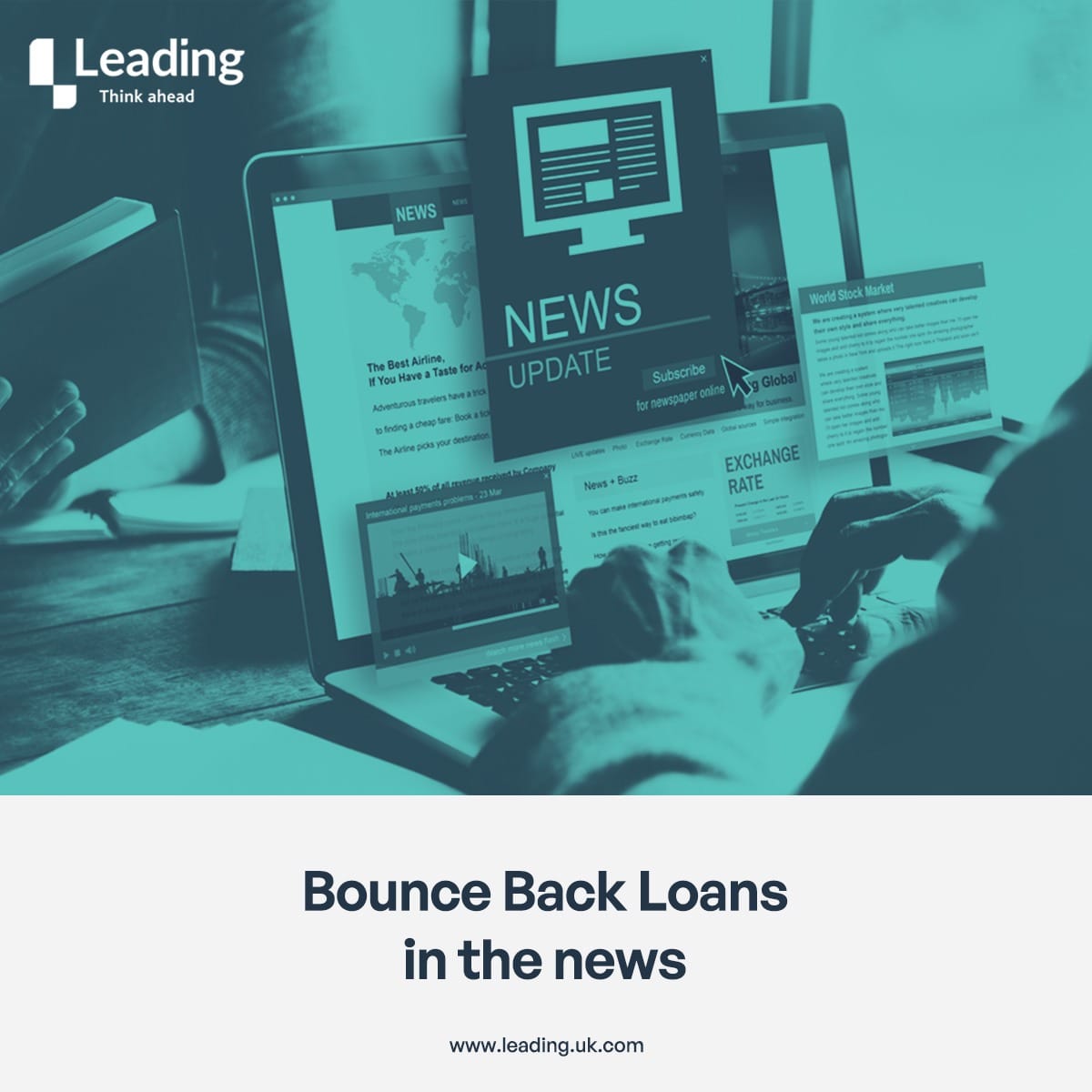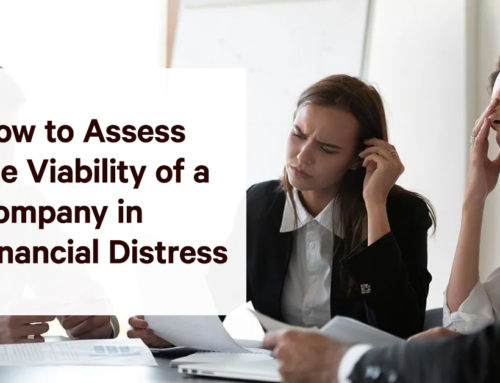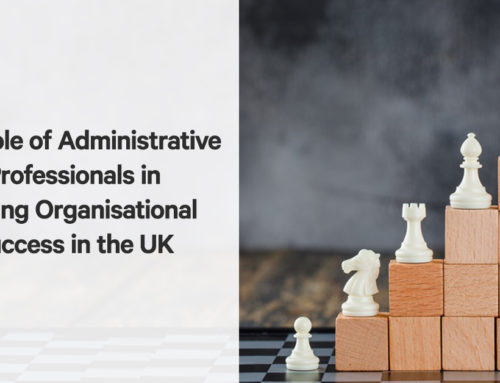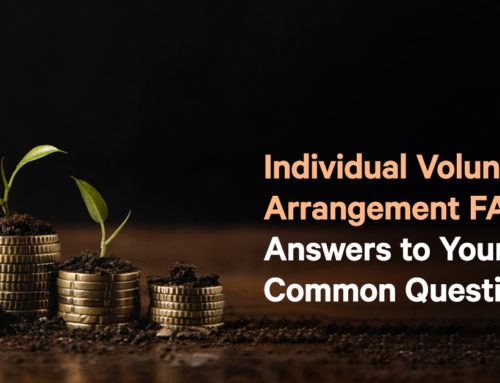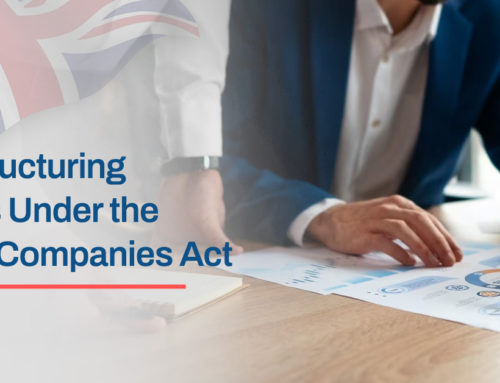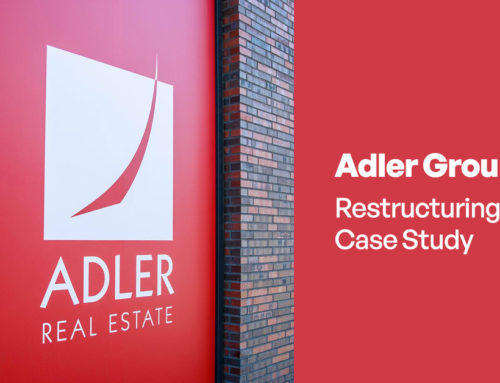There are several different reasons why a business might need assistance. Many of these are within a business’s control, such as lack of planning, poor communication skills and no direction. Of course, many other reasons are not within a business’s control, and if any year can exemplify that, it has to be 2020 and 2021. As the coronavirus hit and took the world by storm, there didn’t seem to be much people could do. Everyone was forced to close shop and start working from home, which some found okay, but other businesses struggled to cope with. As such, a lot of organisations had to close down, many employees lost their jobs, and some are still struggling. For these businesses, there may be light at the end of the tunnel as the Business Recovery Loan Scheme (RLS) is in place to try and help organisations that have been negatively impacted. This article will talk in more detail about the Business Recovery Loan, what it can do and how you can see if your business is eligible.
What is the Business Recovery Loan Scheme?
The Business Recovery Loan Scheme has been implemented to support different businesses as they try to recover and continue to grow following disruptions caused by the coronavirus pandemic. The scheme is available to businesses of every shape and size to support them and provide access to loans and different kinds of finance that can aid them through this trying time and assist throughout their recovery.
Up to £2 million is available per business, which could be used for any legitimate reason that the business sees fit. This means that organisations can use it for managing cash flow, purchasing stock, storage space, investment or overall growth. It is worth noting that the actual amount that will be given out comes down to the discretion of the participating lenders. The government will provide 80% of the finance to the lender in question, and then the borrower is liable for 100% of the debt.
What Are the Key Features of the Scheme?
A number of key features are offered as part of the scheme. These include:
- Up to £2 million: As previously stated, the maximum amount available to businesses is £2 million. The minimum size of facilities varies, starting at £1000 for asset and invoice finance. If you are looking for terms and overdrafts, the minimum is £25,001.
- There are a Number of Products Available: A number of different products are available to businesses when they take out money using RLS. These include overdrafts, term loans, invoice finance facilities and asset finance. It is worth noting that not all lenders will offer these features, but they are available.
- Length of Term: The loans and also facilities for asset finance are available from three months up to six years. If you are looking for an overdraft or invoice finance, these are available from three months to three years.
- Multiple Schemes Available: A number of different schemes will apply even if you have sought government relief before. For instance, if your business has taken out a CBILS, BBLS, CLBILS or RLS before 30th June 2022, that doesn’t mean that you can still not access RLS after August 2022.
- Pricing: The annual rate of interest that the business will be subject to cannot exceed that of 14.99%.
All of the above, given that RLS is a government-backed scheme, are designed as a means to benefit the borrower and are a subsidy. Only a limited amount of subsidy is available to the borrower over any three-year rolling period. Not to mention, previous subsidies may also reduce the amount of money businesses can borrow.
Eligibility to Apply
If you are hoping to apply, then there are eligibility criteria that the government has outlined. These include:
- Limit on Turnover: The scheme is open to smaller businesses; this means they need to have a turnover smaller than (or up to) £45 million.
- Based in the UK: The borrower must be based in the UK. This means they are carrying out their trading activity in the UK and are generating over 50% of their total income from this trading activity.
- No Covid-19 Impact Test Needed: This is a change to previous iterations of the scheme, given it was brought about due to businesses impacted by covid. It was previously necessary to provide evidence of said impact. Instead, businesses are no longer required to show that they have been affected by the pandemic.
- Viability Test: The lender can take precautions and ensure the borrower has a viable business proposition. The lender can also disregard concerns about the business’s recent performance, thanks to the impact and subsequent uncertainty of covid-19.
- Business in Difficulty: The borrower is not allowed to be a business in difficulty. In other words, they cannot be in insolvency proceedings.
- Limits on Subsidy: The borrower will need to confirm in writing that if they receive the RLS, their business will not exceed the maximum subsidy amount allowed.
How to Apply
Several different lenders are accredited to provide Business Recovery Loans. You can apply for one by heading to the government’s website and finding information on different lenders.
Should You Apply for the Business Recovery Loan?
The Business Recovery Loan is a helpful scheme set up by the government to assist those affected by the covid-19 pandemic. Businesses can borrow up to £2 million if they meet the criteria outlined above. If your business is struggling, this loan could be the way forward.
If you are currently in corporate or personal debt and would like to find out more information about what the best way out of it for you is, then you should ensure that you are seeking professional advice. At Leading, we are on hand with highly experienced professionals who can provide advice on both professional and personal insolvency matters. If you have any questions about how we can help, do not hesitate to get in touch.

